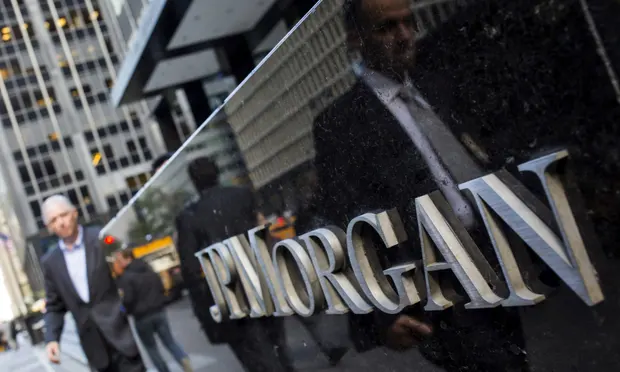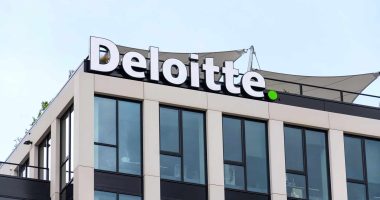Jamie Dimon, the CEO of JP Morgan, acknowledges that the banking industry is facing more significant challenges following the brief crisis last month. However, he assures that the bank is well-equipped to handle any future turbulence, as demonstrated by a 52% increase in profits during the first quarter. Dimon refers to these challenges as “storm clouds” looming over the industry.
The leading bank on Wall Street announced that its net income, which represents its profits, surged to $12.6 billion in the first quarter of the year, compared to $8.3 billion during the corresponding period in 2022.
Despite increasing the amount set aside for potential customer defaults to $2.3 billion, which reflects a 56% increase, the bank still managed to achieve the reported profits.
JP Morgan’s profits were boosted by the increase in US and global interest rates, the same factor that contributed to the recent banking crisis.
This crisis began with the unexpected collapse of Silicon Valley Bank and later resulted in the emergency rescue of Credit Suisse, Switzerland’s second-largest lender.
The gradual increase in interest rates caused JP Morgan’s net interest income, which represents the difference between the amounts paid out to savers and the amount charged for loans and mortgages, to surge by 49%. Consequently, the bank generated record revenues of $38.3 billion in the first quarter, leading to a 7.6% increase in JP Morgan’s shares on Friday afternoon.
The positive news also had a ripple effect, as it boosted the S&P 500 Bank index to a one-month high and caused UK banks, including Barclays, HSBC, NatWest, and Lloyds, to see their shares rise by 3%, 3%, 1.3%, and 1%, respectively.
“These first-quarter results demonstrate the fruits of our investment and prudent risk management efforts, enabling us to serve as a strong pillar in the banking system and support our clients during a time of increased volatility and uncertainty,”
said Dimon, emphasizing the success of JP Morgan’s long-term strategy.
“The US economy seems to be on a healthy path overall,” noted JP Morgan’s CEO, but he also acknowledged that “the storm clouds we’ve been watching for the past year remain on the horizon, and the recent banking industry turmoil adds to these risks.” Speaking to analysts, Dimon explained that the current situation is unlike the global financial crisis of 2008 because it involves fewer financial players and fewer issues to be resolved.
However, he warned that “financial conditions are likely to tighten as lenders become more cautious, and we cannot predict if this will dampen consumer spending.”
While acknowledging that the US economy was generally healthy, Dimon cautioned that the “storm clouds we’ve been watching for the past year remain on the horizon, and the recent banking industry turmoil adds to these risks.” However, he believes that any tightening in the industry would likely be limited to certain sectors such as real estate, and dismissed claims of an impending credit crunch as overly dramatic, stating that “it’s not like a credit crunch.”
Dimon also discussed the potential for additional bank failures, but expressed confidence that regional US banks could take measures to address issues linked to high interest rates and reduce risks going forward.
JP Morgan is also keeping a close eye on potential risks stemming from longer-term inflation, geopolitical tensions with China, and the ongoing crisis in Ukraine, as well as quantitative tightening. Despite these risks, Dimon reassured analysts that JP Morgan was on solid footing and prepared for a range of outcomes. “While we hope these clouds will dissipate, the firm is prepared for a broad range of outcomes,” he said.
On Friday, two other US banks, Citigroup and Wells Fargo, released their earnings reports, showing that they also saw gains from the rise in interest rates. Citigroup reported a 23% increase in net interest income, but profits only rose 7% to $4.6bn in the first quarter, due to an increase in the amount of money set aside for bad loans and a drop-off in investment banking activity.
Despite setting aside $643m for potential defaults, primarily related to a potential property downturn and losses on credit cards and car loans, Wells Fargo saw a 30% increase in profits to nearly $5bn in Q1.






